If you’re craving a stitch that offers texture, visual interest, and the freedom to play with color, the crochet block stitch might just be your next obsession.
The Crochet Block Stitch
The crochet block stitch is a textured stitch pattern characterized by alternating blocks of color and chain spaces. It creates a grid-like motif, almost reminiscent of a classic gingham or mosaic tile, depending on your color choices. The visual effect is achieved by working clusters of double crochets (US terms) separated by rows of chain spaces, which are later filled in with contrasting-colored stitches. The stitch pattern is rhythmic and meditative—ideal for relaxing evenings with a cup of tea and your favorite yarn. Despite its intricate appearance, the construction is straightforward: once you establish the base, the stitch repeats effortlessly.
Stitches Related Posts:
Related Posts
Let’s take a deep dive into the magic of the crochet block stitch, from its unique structure to practical tips and project inspiration.
Materials
To begin your crochet block stitch project, you’ll need a few basic materials: two or more colors of yarn—preferably in contrasting shades to highlight the block pattern—and a crochet hook that matches your yarn weight ( a 3.0mm crochet hook for this tutorial). For crisp definition and durability, cotton yarns work beautifully for dishcloths, while soft acrylics or blends are ideal for blankets and garments. You’ll also need a pair of sharp scissors for trimming yarn ends and a tapestry needle to weave them in neatly. Optional but helpful tools include stitch markers to keep track of your rows or pattern repeats, especially if you’re working on a larger piece.
How to Crochet Block Stitch
The basic repeat of the crochet block stitch goes like this:
- Foundation Chain – Start with a multiple of 3, plus 1 for turning.
- Setup Row (Row 1) – Single crochet in the second chain from hook and in each chain across. Turn.
- Row 2 – Chain 3 (counts as first double crochet). Skip two stitches, work three double crochets into the next stitch, repeat across. Turn.
- Row 3 (Contrast Color) – Chain 1. Single crochet in the top of the center dc from the previous row’s cluster, chain 2, repeat across. Turn.
- Row 4 – Return to your main color. Chain 3, work 3 dc in each chain-2 space from the previous row, repeat.
Repeat rows 3 and 4 to continue building the pattern.
The key to a polished look is maintaining consistent tension and clean color transitions. Change colors at the end of a row by pulling through the new color during the final yarn-over of the last stitch.
Tips for Mastering the Crochet Block Stitch
- Carry Your Yarn Neatly: If you’re using two colors, consider carrying the unused yarn up the side to avoid excess ends. You can later crochet over these sides for a tidy finish.
- Watch Your Edges: The edges can sometimes appear a little jagged. Adding a simple single crochet border at the end can give it a clean, professional edge.
- Experiment with Yarn Types: Try different textures like mercerized cotton, soft bamboo, or gradient yarn cakes to add depth and personality.
- Practice on Swatches: Before committing to a full-sized blanket, test the stitch on a small swatch to perfect your technique and gauge.
Project Ideas for All Seasons
The crochet block stitch lends itself to a wide variety of projects. Here are a few inspired ideas:
- Modern Baby Blanket – Use pastel shades or bold primaries to create a geometric nursery throw that pops.
- Cottagecore Dishcloths – Choose natural fibers like organic cotton for functional and pretty kitchen accents.
- Color-Block Shawls – Alternate vibrant yarns to craft a bold statement piece for chilly evenings.
- Patchwork Pillow Covers – Sew together multiple block stitch panels in complementary tones for cozy home decor.
The block stitch’s structure makes it especially great for projects that benefit from a bit of airflow and stretch—ideal for warmer months or layering.
Finishing Touches
Once your project is complete, don’t skip the finishing stage. Gently blocking your piece—especially if it’s a garment or blanket—can help even out the stitches and highlight the geometric grid of the block stitch.
For a border, consider:
- Single Crochet Trim – Clean and minimal, perfect for dishcloths and wearables.
- Picot Edging – Adds a touch of whimsy for baby blankets or decorative items.
- Reverse Shell Stitch – Give your project a lacy finish with a vintage twist.
Weaving in ends is essential when changing colors frequently. Use a sharp tapestry needle and secure your tails well to ensure your project stands the test of time.
The crochet block stitch is more than just a pretty face. It’s a dependable, versatile stitch that adds both visual flair and structural interest to your crochet creations. Whether you’re crafting cozy comforts or decorative treasures, the block stitch will serve as a timeless staple in your stitching repertoire.
Try it in classic two-tone, playful rainbow stripes, or subtle ombré blends—the possibilities are as boundless as your imagination.
Follow CrochetBeja on your favorite social media sites: Facebook, Pinterest, Youtube , Instagram and subscribe for the Newsletter so you don’t miss a thing!
Tutorial and photos of this crochet block stitch by: Marcelo Nunes Croche.
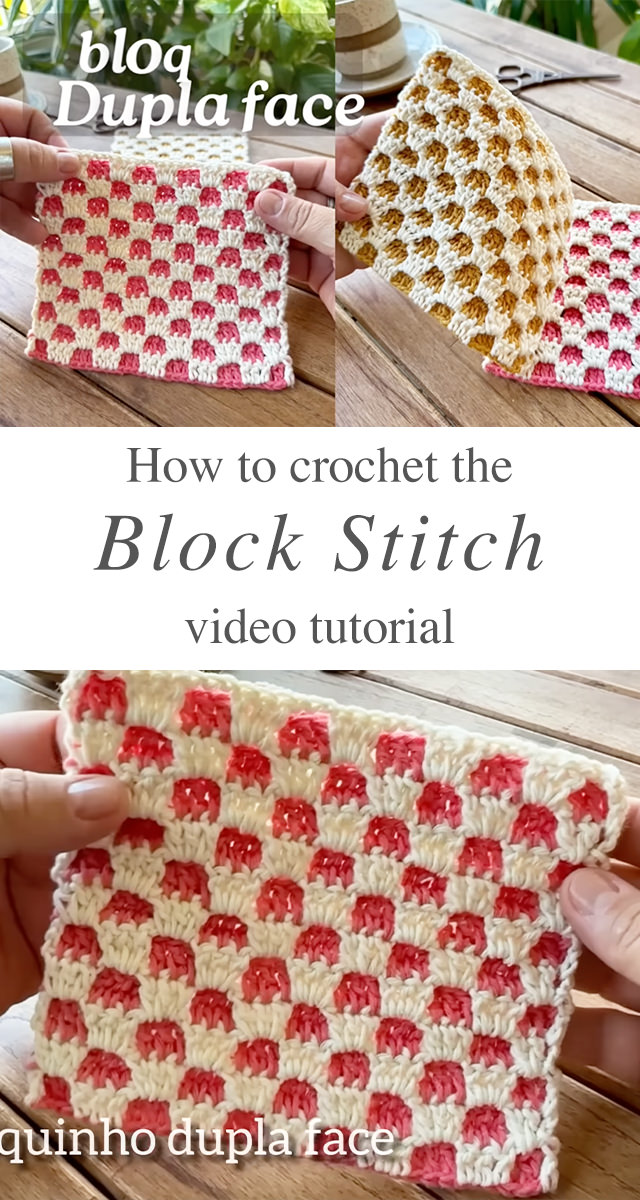
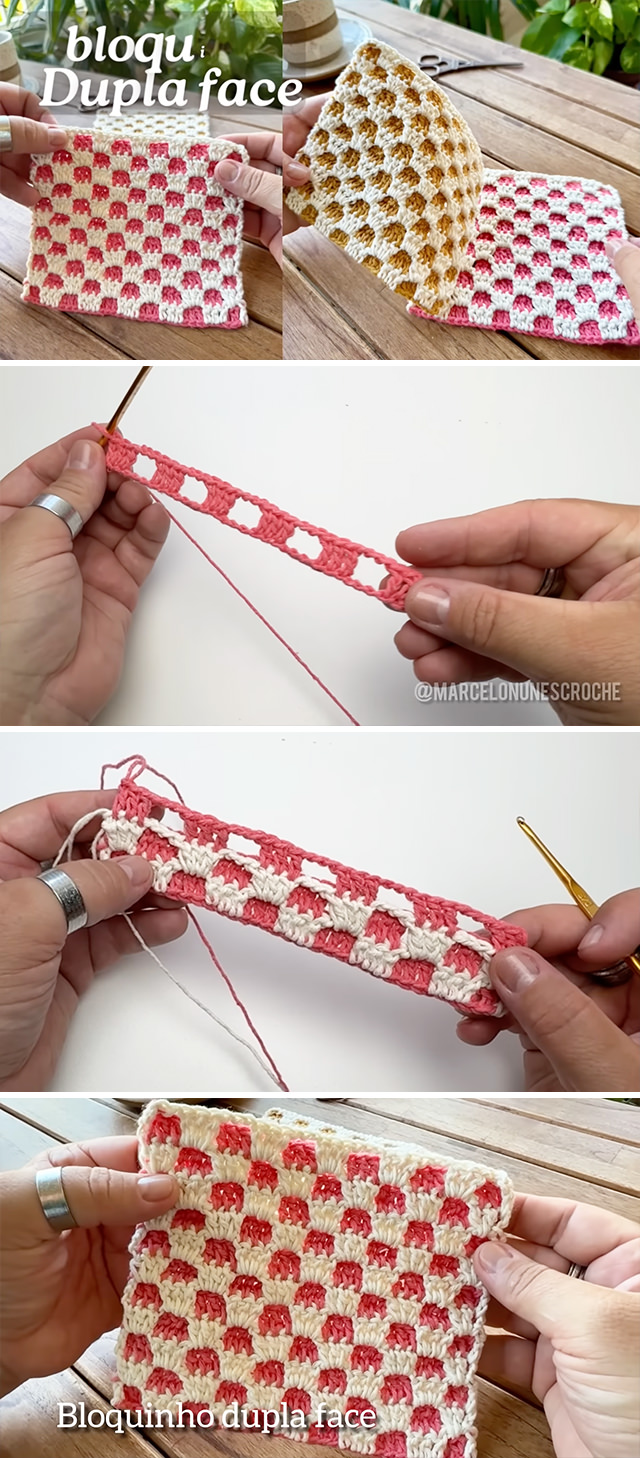
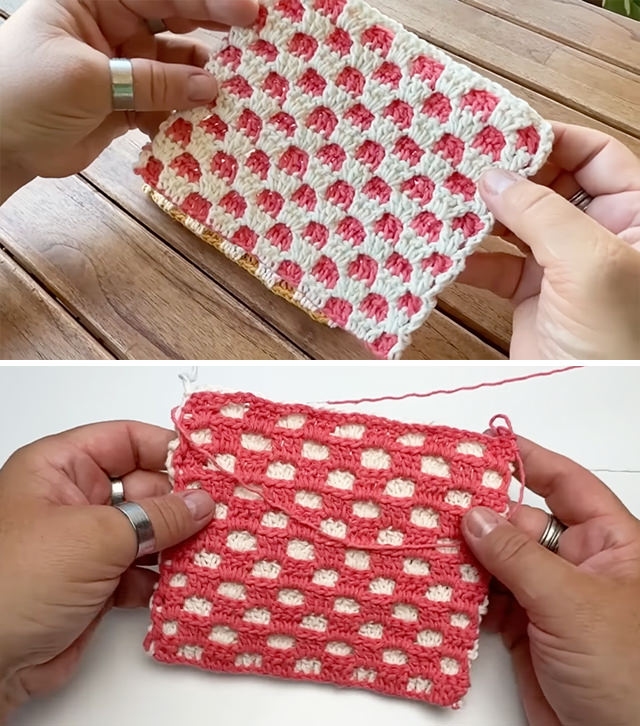

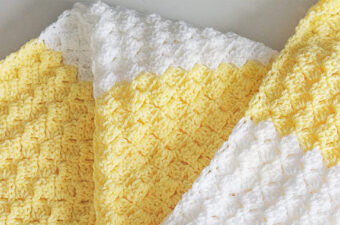


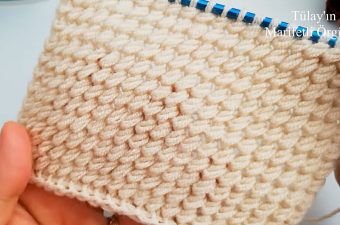

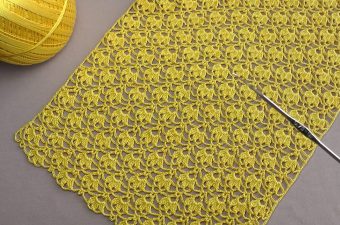
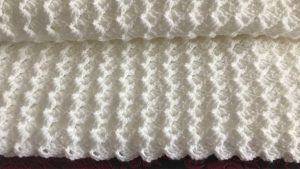
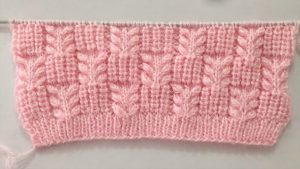
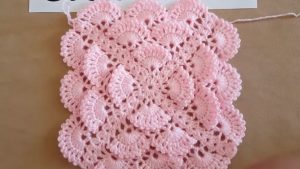
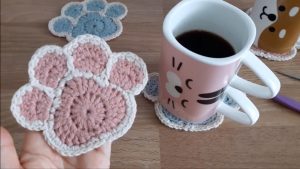
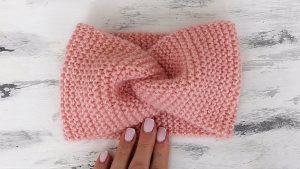
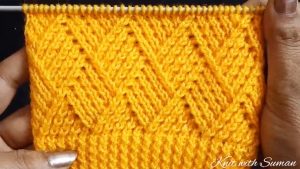
Leave a Reply